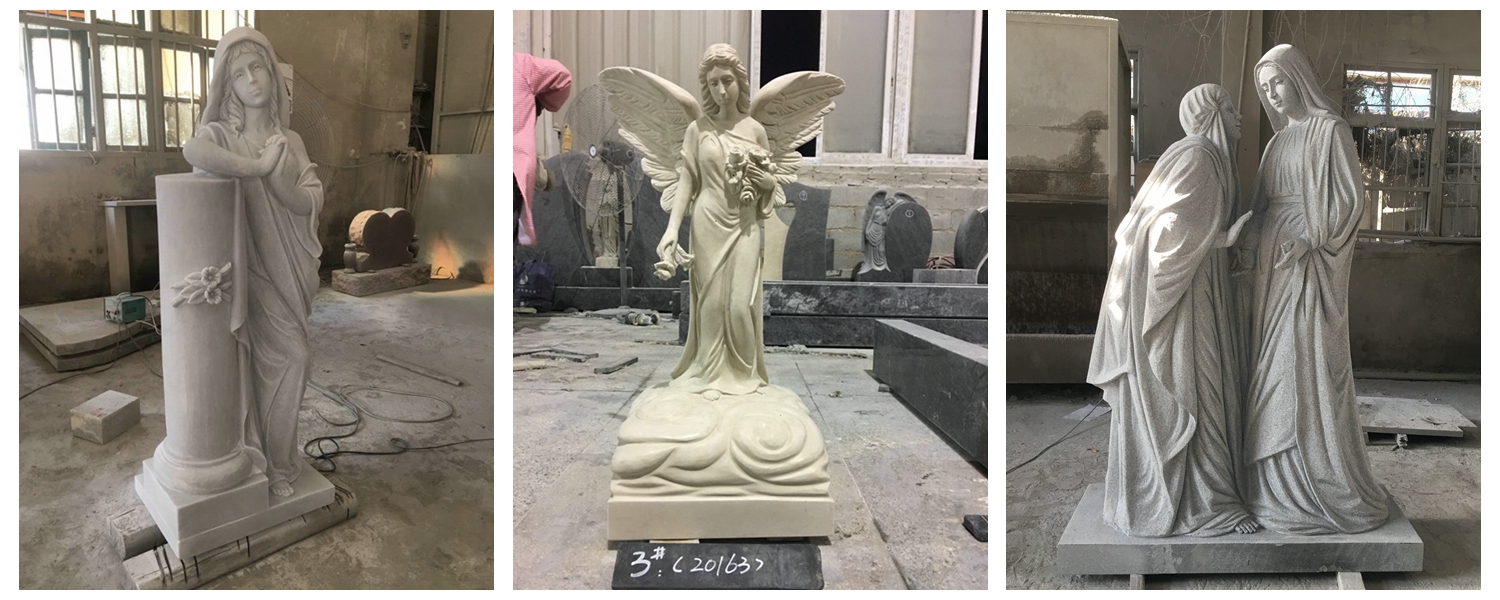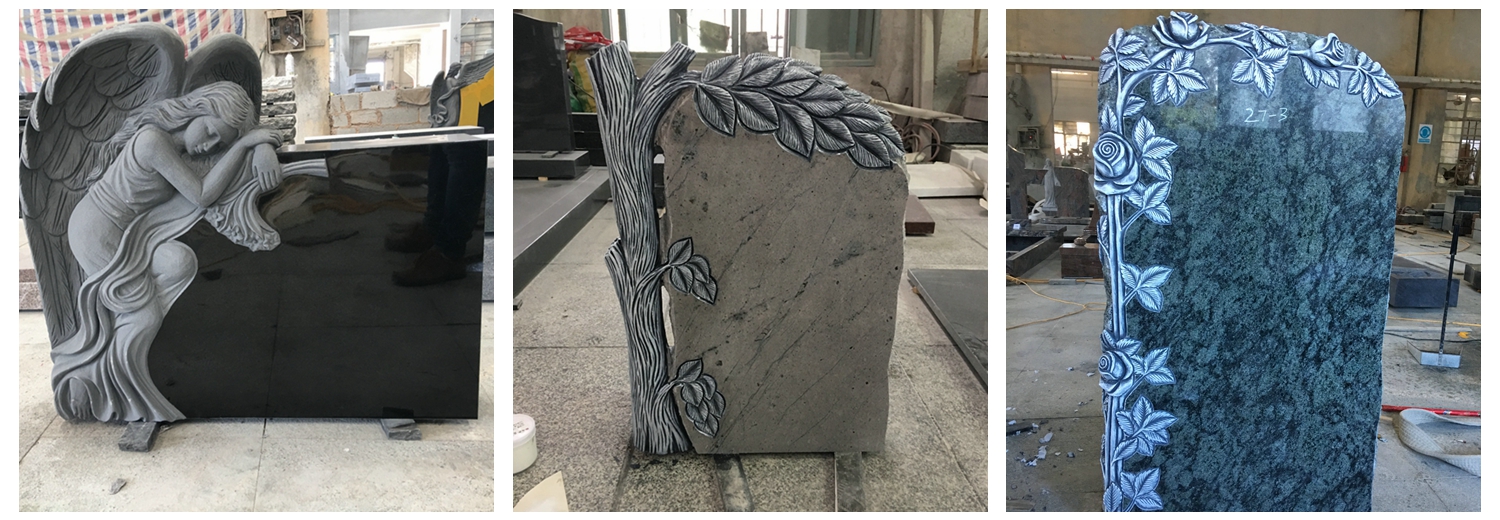Products
Haobo News
2013-03-18Mechanical and chemical aids Stumbling, slipping and falling have been at the top of the accident statistics for years and even exceed road traffic accidents. The cause is frequently insufficient anti-slip precautions for the flooring. Especially highly polished stone floors often do not meet the requirements, so that retrospective changes are necessary. Chemical posttreatment is one possibility of improving anti-slip properties. The anti-slip agent reacts with the minerals in the floor covering, releases these partly and roughens the stone. The microscopically small depressions improve the anti-slip properties. Polished natural stones, even if subsequently treated, can only be used in bare-foot wellness areas in largely dry gangways, changing rooms and sauna and rest areas. No cleaning agents should be used after chemical anti-slip treatment. The durability of this treatment is determined by the abrasion resistance and the degree of soiling of the stone. Wear of the stone surface can cause a gradual smoothing that makes it necessary to repeat the treatment after some years. With calcareous stones, crystallization with a fluosilicate can improve the anti-slip properties under dry conditions. In this process, the natural stone is first thoroughly cleaned with steel wool and then the emulsion applied and worked with a special pad. The process changes the surface structure of the stone, makes it harder and also improves the anti-slip properties. This process is also suitable for renovating scratched and unsightly calcareous floors. Many service providers offer this method. Anti-slip strips stuck to the natural stone are a suitable aid for stairs, edges of basins or shower cubicles and are available from companies like 3M or Akemi. Laser treatment is neither chemical nor mechanical. Stone surfaces made anti-slip with this treatment largely retain their gloss and colour intensity. A new mobile unit is available that can be used on tiles already laid. The pulsed laser beam creates microcraters in the stone surface. Various degrees of anti-slip can be set up to maximum R 10 depending on the separation and size of the individual craters. The mechanical methods of treatment for anti-slip properties are almost exclusively applied before laying. One possibility is flaming and another established process uses bush hammering machines. A marble slab can be roughened by sandblasting such that first the desired anti-slip properties are achieved and second the floor remains even not so in the case of rough-split or flamed stone. The so-called fine blasting or structure blasting makes the typical character of the stone type and its mineral components clearly visible and also creates an evenly processed surface that is anti-slip and safe.










